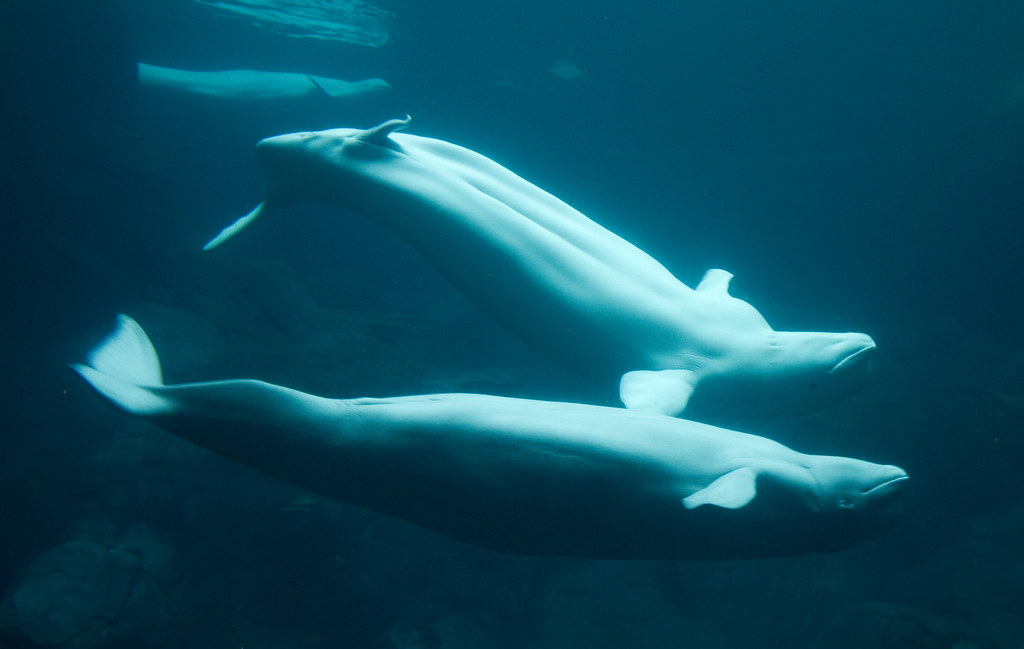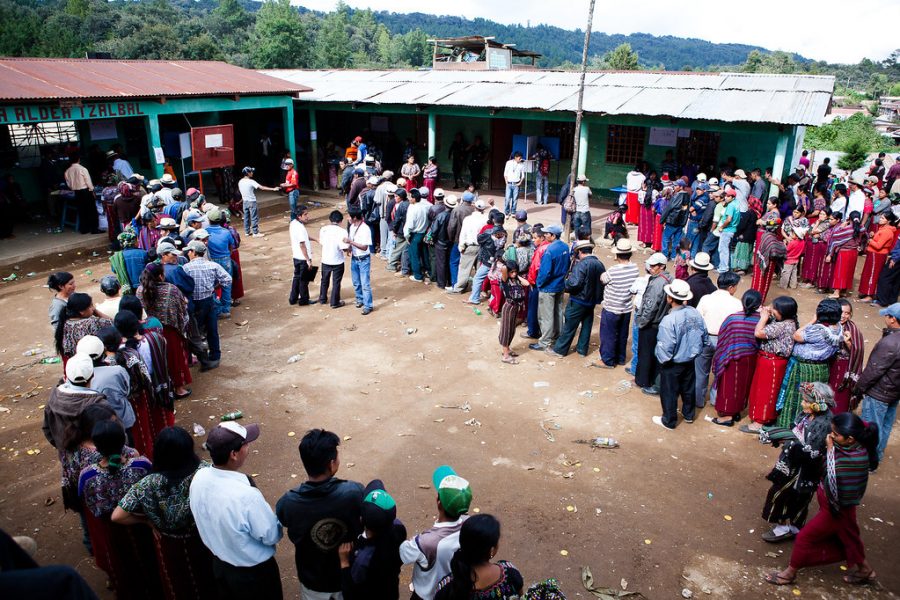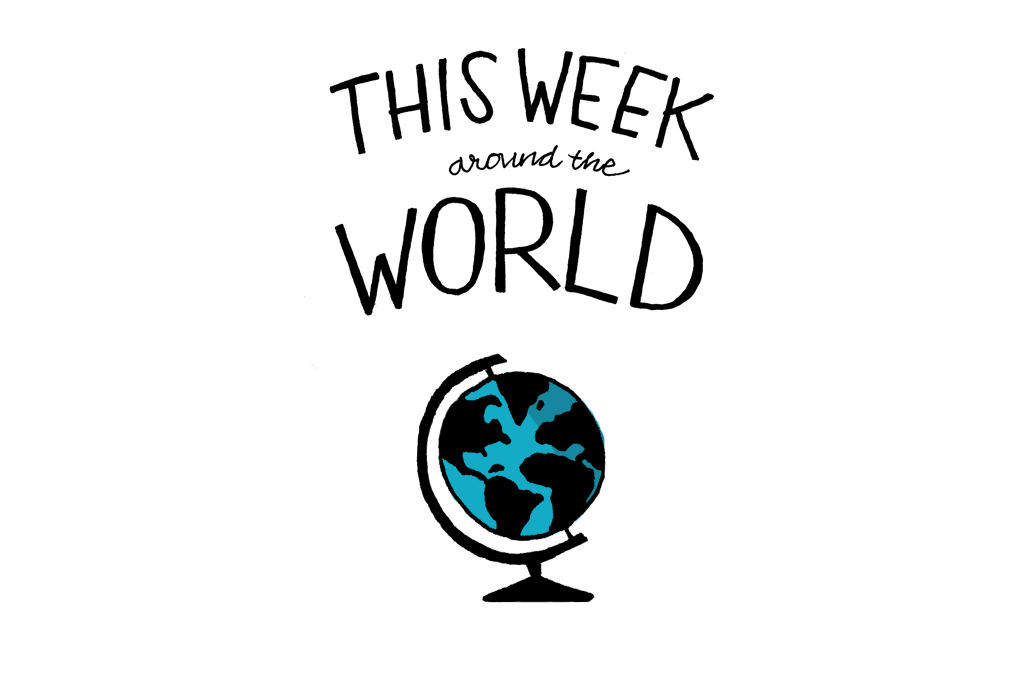After releasing the first of nearly 100 killer whales and belugas captured by four privately owned companies back into their natural habitat on June 27, activists are now criticizing Russia for their “extremely unprofessional and dangerous” methods of release.
The whales—which were captured during the summer of 2018—have been held in “whale jails” in the Sea of Japan, awaiting sale to Chinese amusement parks for more than $100 million, according to The Independent. The small, underwater cells originally belonged to four companies all owned by Alexei Reshetor. In May 2019, Reshetor told reporters at The Independent, “Any question regarding [the whales’] release may be posed only after I’m deprived of the ownership rights.”
Russian President Vladimir Putin intervened in early June when the company refused to release the animals back into their natural habitat, and the government took custody of the whales. The plan is to release the 11 killer whales and 87 belugas back into the Shantar Islands in the Sea of Okhotsk in small groups between June and October 2019.
When the government took possession of the whales, they also fined a number of companies a total of 150.2 million Russian roubles, the equivalent of roughly $2.37 million USD, according to The Guardian. Several of these companies, however, were also hired by state fisheries and the oceanography institute to assist in the release of the whales, according to information posted on Russia’s state procurement website. The companies stand to make more than double what they were originally fined, nearly 360 million roubles total.
The first group of whales released on June 27 was made up of two killer whales and six belugas, according to The Moscow Times. The release was recorded by the head of Freedom for Killer Whales and Beluga Whales Dmitry Lisitsyn and has been criticized by activists around the world as reckless and shocking, since several groups of whale experts were allegedly involved in the release plan.
“[The whales] were put in tight containers and driven along terrible roads in a practically immobilized state for almost seven days, which will now have a very negative effect on the animals,” Lisitsyn told The Moscow Times. “It is extremely cruel to let the animals out now—they will be unprepared, traumatized and not adapted to the open sea.”
Lisitsyn also criticized the way the whales were released in small groups. Whales are social animals, and he fears that releasing them in the small groups will “further lead to stress and confusion.”
Regardless of international concern, spokespeople from the Russian Research Institute of Fisheries and Oceanography (VNIRO) claim the whales were in good health when they were released, according to Russian state-run news outlet TASS.
“Before the release, veterinarians have collected all necessary samples, the animals are in good health,” VNIRO spokesperson Alexey Smorodov told TASS. “The scientists have also placed trackers on the orcas and the whales, which would help us track their movements and collect data on their behavior.”
International activists continue to voice concerns despite the Russian government’s data on the whales’ current location via the GPS trackers.






